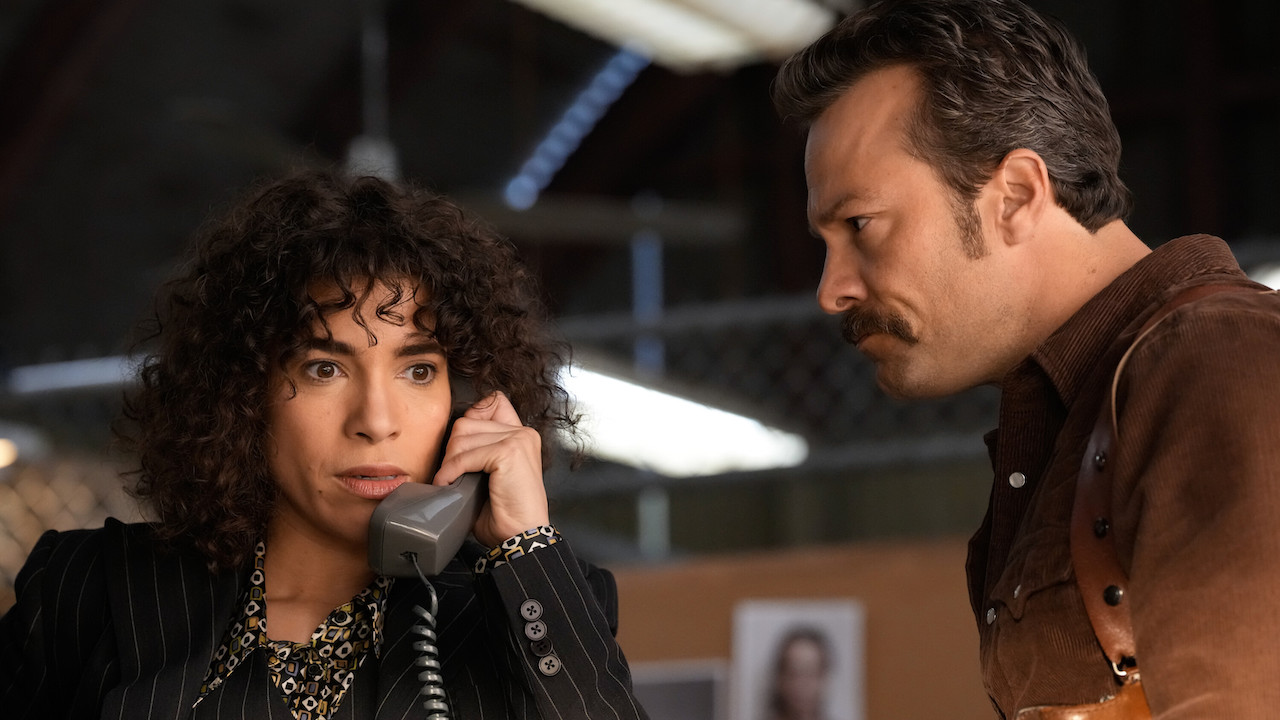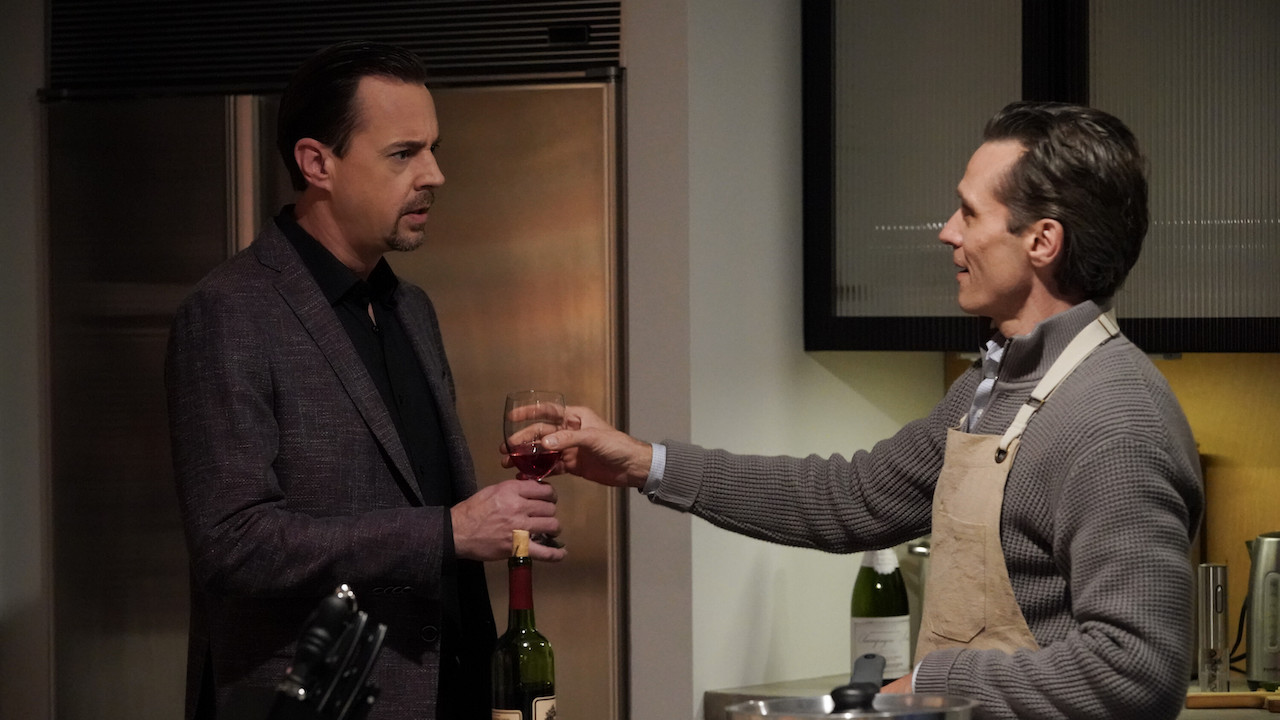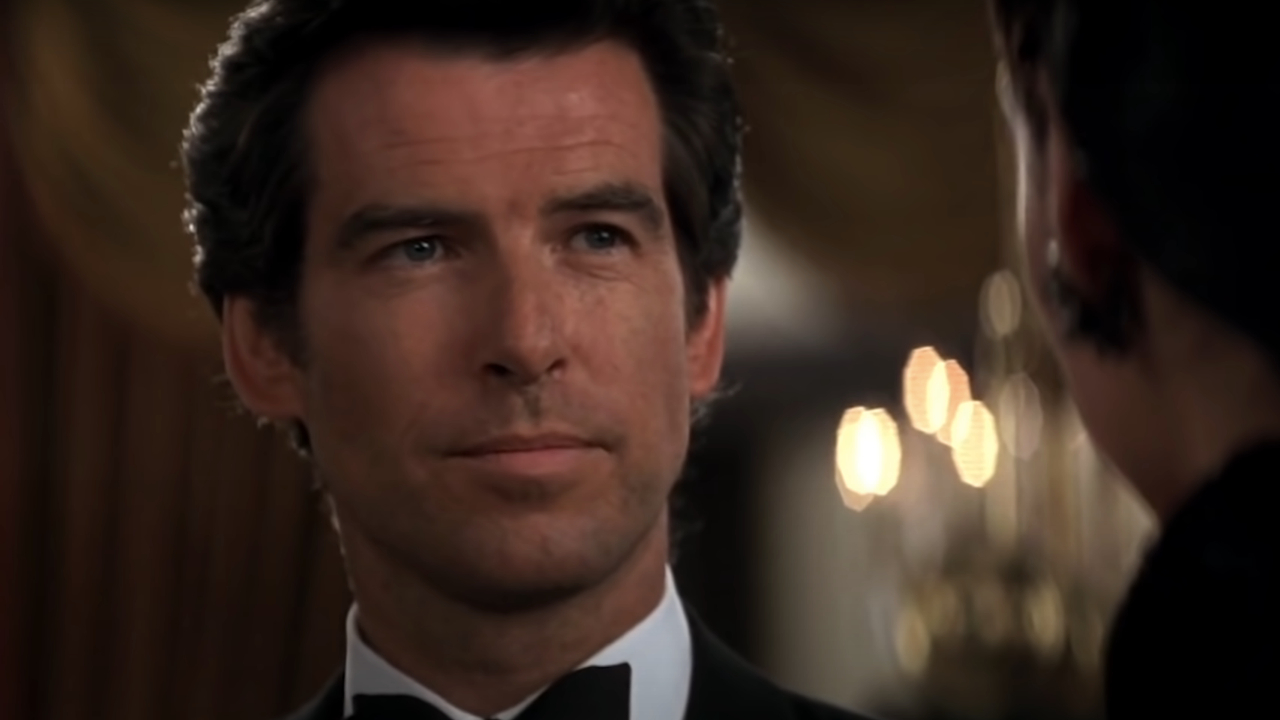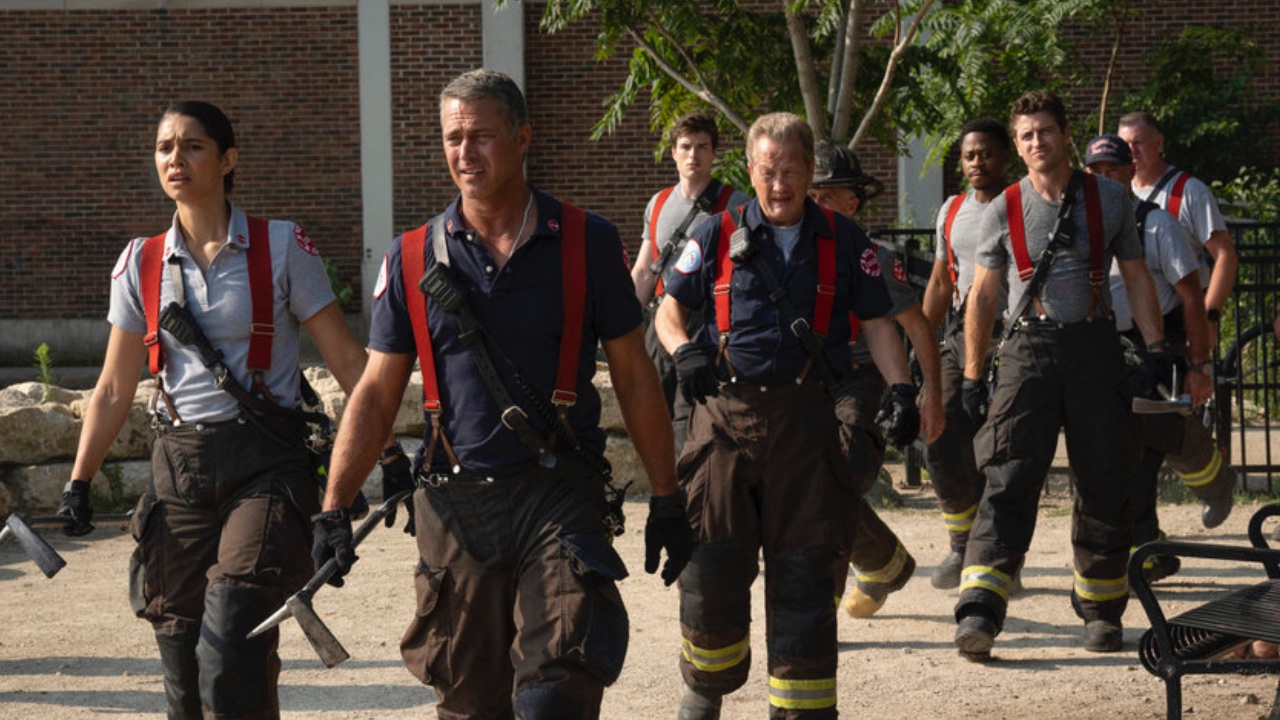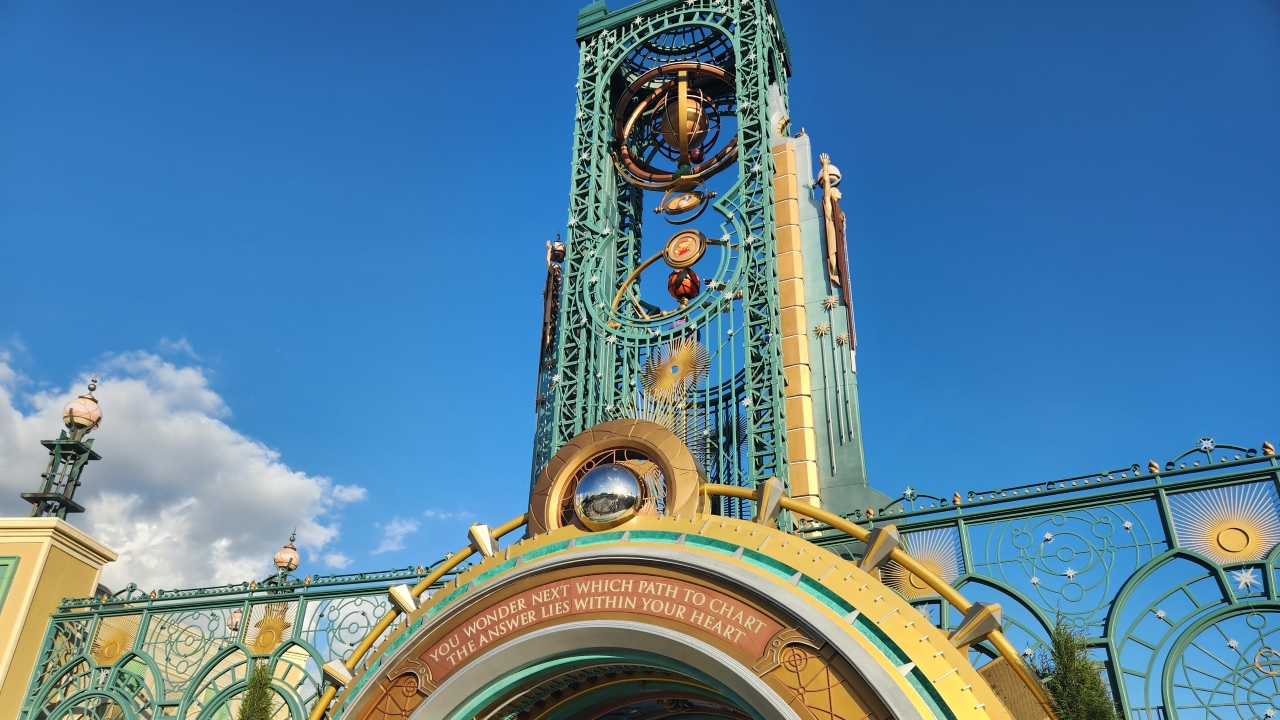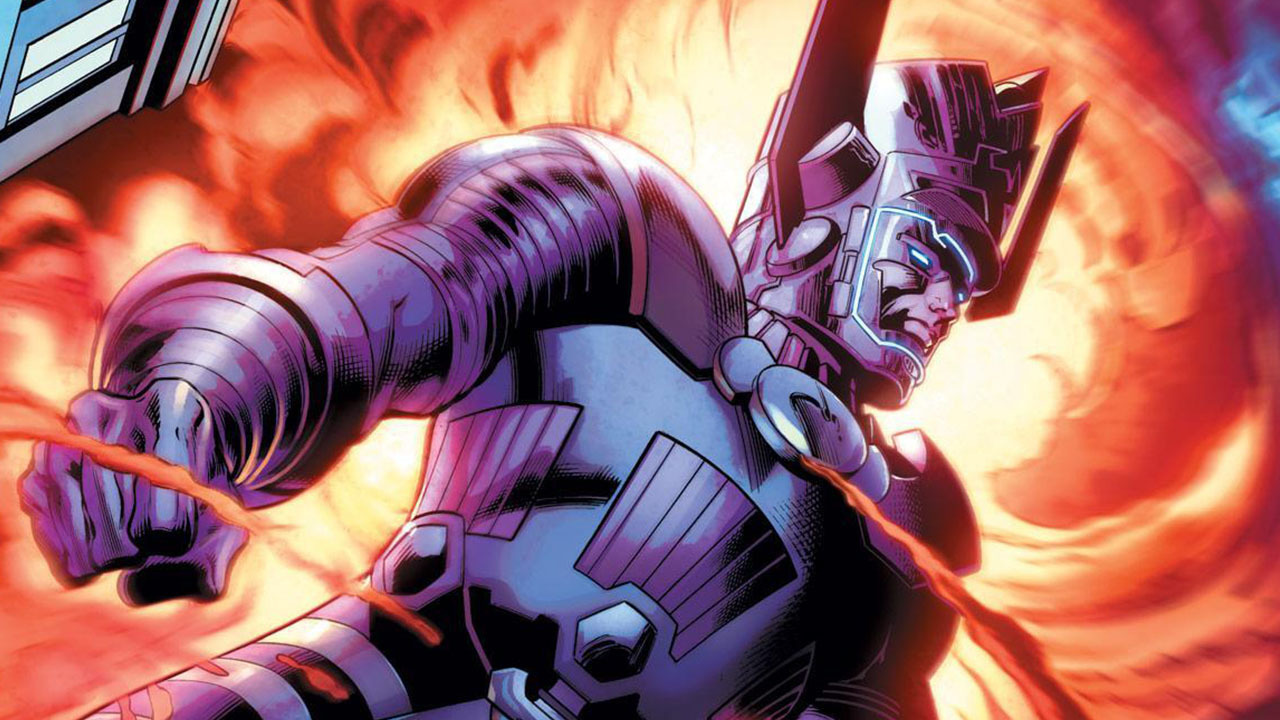How Ford v Ferrari’s James Mangold Intensified The Movie’s Crazy Race Sequences
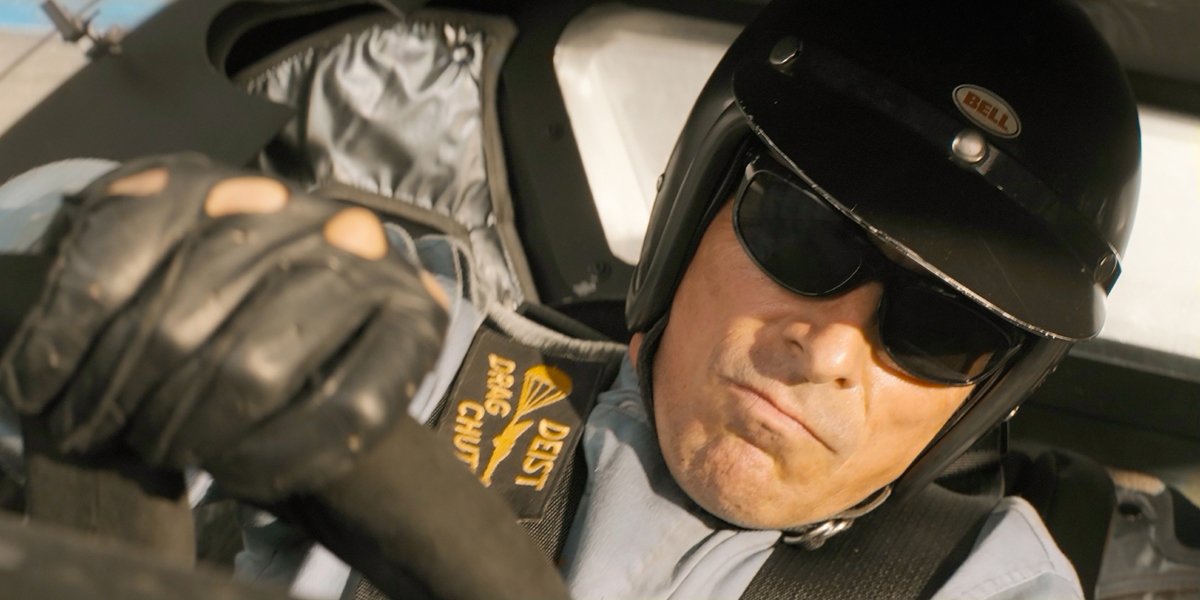
In addition to seeing two of modern Hollywood’s best actors take on a pair of exciting and memorable parts, ranking high on the list of reasons to see Ford v Ferrari is the way in which the movie shoots its racing sequences. Particularly when seen on an IMAX screen, the intensity of watching cars whiz around the screen practically makes your molars vibrate, and it’s really just an impressive thing to witness from a cinematic standpoint.
So how does the movie do it? How does the film translate the speeds of these 200 mph cars so that audiences can personally feel the experience while sitting in a comfortable theater chair? I recently had the chance to sit down with director James Mangold and asked those very same questions, and you can watch his response by clicking play on the video below.
I interviewed James Mangold last week during the Ford v Ferrari domestic press day in Los Angeles, and I started our conversation by asking about his philosophy regarding on-screen speed. What I got in return was a thorough explanation of the process, and the many different facets involved in translating what it’s like to be a racer sitting in the driver’s seat.
To start, Mangold delivered a great deal of humility, and gave a lot of credit to the team of filmmakers that was assembled in the making of Ford v Ferrari. He admitted that his directions weren’t always exactly the most detailed, and that he leaned a fair amount on the expertise of the experts, but he took a great deal from the experience:
Part of it is just, from where I sit, you are just depending on all the technicians and craftspeople around you. I can't tell you how many times I would be like, 'Doesn't look fast. Do it again. Doesn't look fast. Do it again. Find a new camera position then. That doesn't look fast.' And we learned a lot!
Including sequences at the legendary Le Mans and 24 Hours of Daytona, the narrative of Ford v Ferrari offered the filmmakers opportunities to shoot races in many different ways and in multiple environments – each of which surely offered up their own challenges.
As James Mangold continued, though, he explained that one constant in the experience of constructing the race scenes was the emphasis of relativity. Visually, the way to capture speed is to illustrate it through the changing surroundings, and so the proper angles and production design had to be established to make that illusion. Said Mangold,
You really feel speed more when you feel the road moving, or see the road moving underneath you. You feel speed moving when you see verticals going by. When you're driving on a flat plane, you could be driving 200 miles an hour in in Arizona or 50 miles an hour, it wouldn't look any different if there aren't telephone poles or something blowing by.
Like all film, however, it’s not just about a single sense. James Mangold also emphasized the importance of the sound design in the making of Ford v Ferrari, before also detailing what he felt to be the very real advantage of shooting the sequences on location and in real cars instead of leaning more heavily on advanced visually effects:
CINEMABLEND NEWSLETTER
Your Daily Blend of Entertainment News
It's also, of course, delineated by sound. And that's for real. We also, I think, there was added gains in that we shot so much of the car material practically. There's stuff that delineated speed that's hard to kind of put your finger on if you were trying to do it in a green screen situation. But just the vibration, the particulars of the car, the particulates in the air, the sense of the wind, the sense of the movement of the sun is they're taking turns swinging from one side. All this stuff, all this stuff.
As amazing as moviemaking technology has gotten, there are certain things that have an ineffable quality that is practically impossible to emulate – and this is a great example. The special way that a mounted camera shakes and rattles on a rig attached to a car isn’t something that can be easily faked, and it very much takes Ford v Ferrari to the next level.
Having covered the filmmaking aspects of the process, James Mangold threw a wild card into the mix, highlighting not specifically the performances of Christian Bale and Matt Damon, but the impact that their characters make on how an audience member feels when watching them behind the wheel. This was something he feels is in contrast to a lot of action-driven modern moviemaking, saying,
Lastly, I'd say that action… we're so used to expensively portrayed action in movies, but what I think we're less used to is that we give a damn about the characters while we're watching the film. So while we didn't have $200 million to spend on our picture, you gained so much by caring about and loving the characters, and that's a huge plus.
Creating a cinematic parallel, James Mangold explained that he was going for something akin to what Sylvester Stallone was able to capture in both his script for and performance in Rocky. According to Mangold, the boxing cinematography in the final fight might not be all that impressive, but the sequence makes a huge impact because of the audience’s emotional connection to the stakes of the situation. Said the director,
I always think about the original Rocky and Sly didn't have all that much when they were staging that last fight sequence with Apollo Creed. It'll never go down in history as one of the most cinematic fights ever filmed. But it is one of the most remembered. And why is it one of the most remembered? Cause you love Rocky!
Hopefully people will also fall in love with Christian Bale’s Ken Miles and Matt Damon’s Carroll Shelby.
On that note, moviegoers will be able to go see Ford v Ferrari this weekend, with the film opening everywhere on Friday, November 15th. Check it out, and be on the lookout for more from my interviews with the director and cast here on CinemaBlend.

Eric Eisenberg is the Assistant Managing Editor at CinemaBlend. After graduating Boston University and earning a bachelor’s degree in journalism, he took a part-time job as a staff writer for CinemaBlend, and after six months was offered the opportunity to move to Los Angeles and take on a newly created West Coast Editor position. Over a decade later, he's continuing to advance his interests and expertise. In addition to conducting filmmaker interviews and contributing to the news and feature content of the site, Eric also oversees the Movie Reviews section, writes the the weekend box office report (published Sundays), and is the site's resident Stephen King expert. He has two King-related columns.

